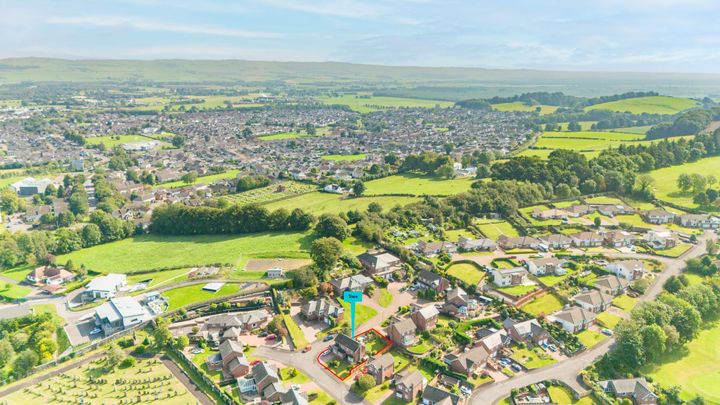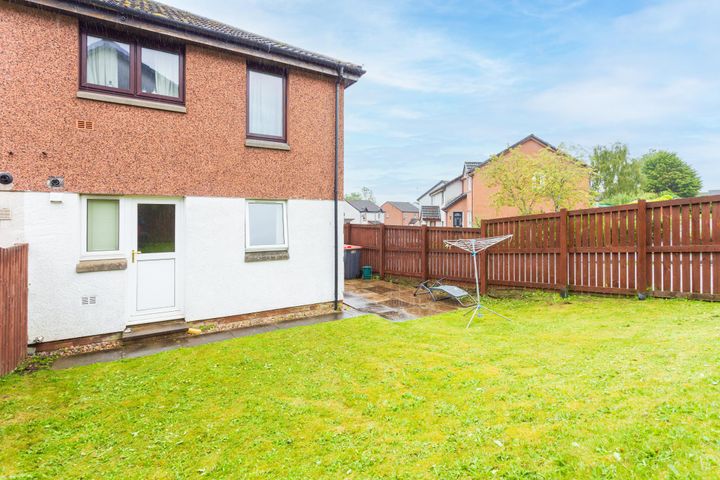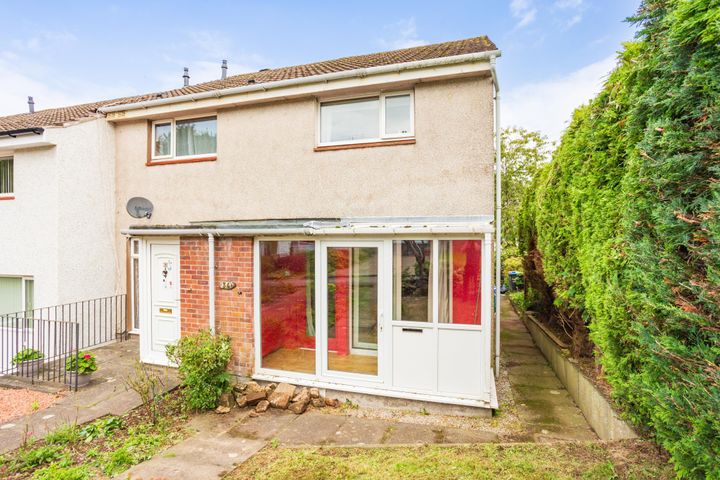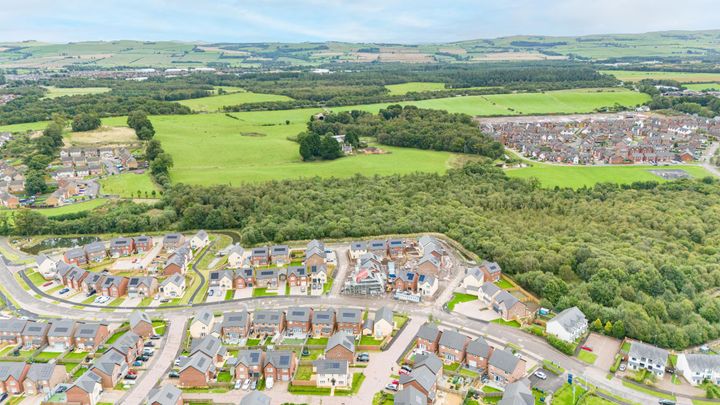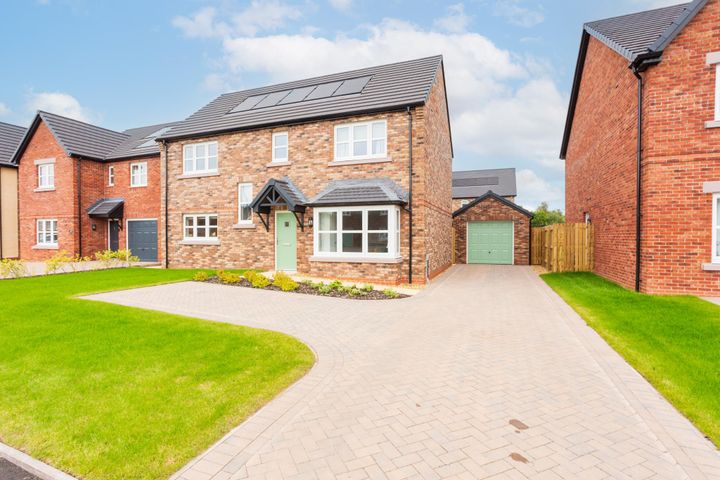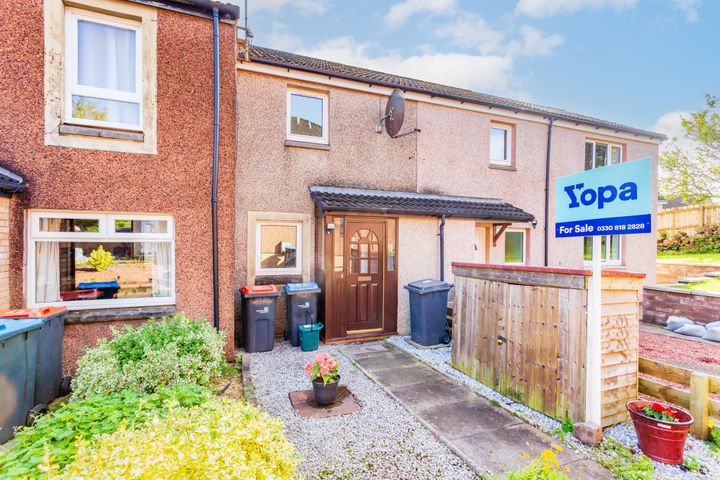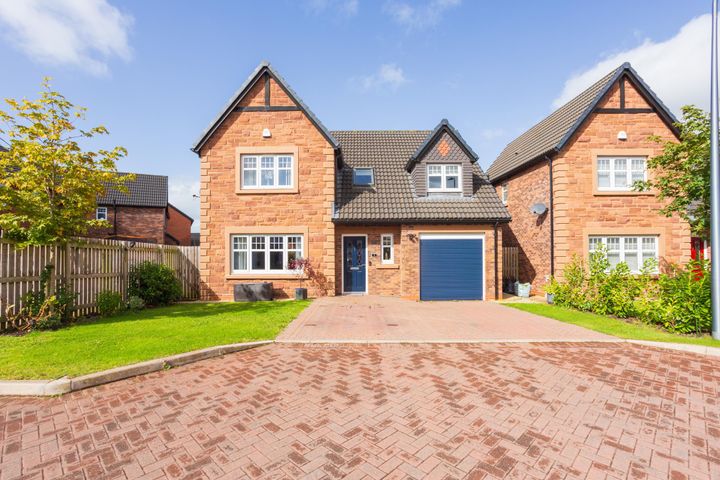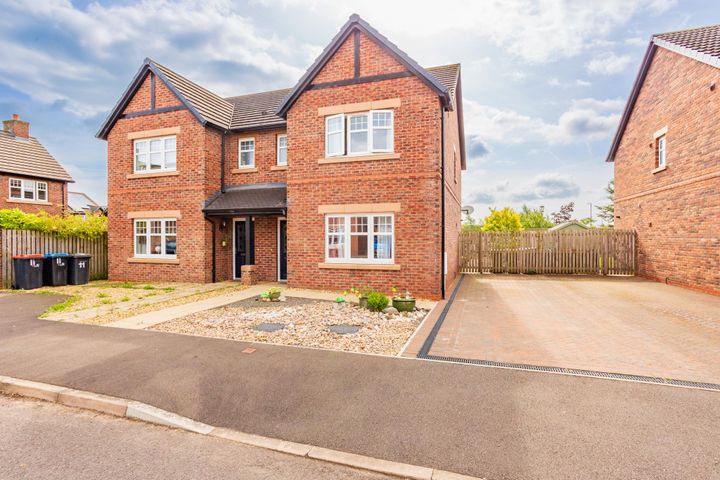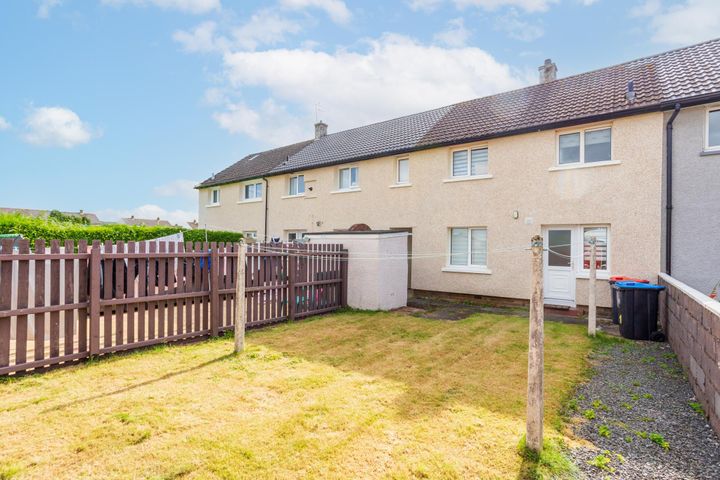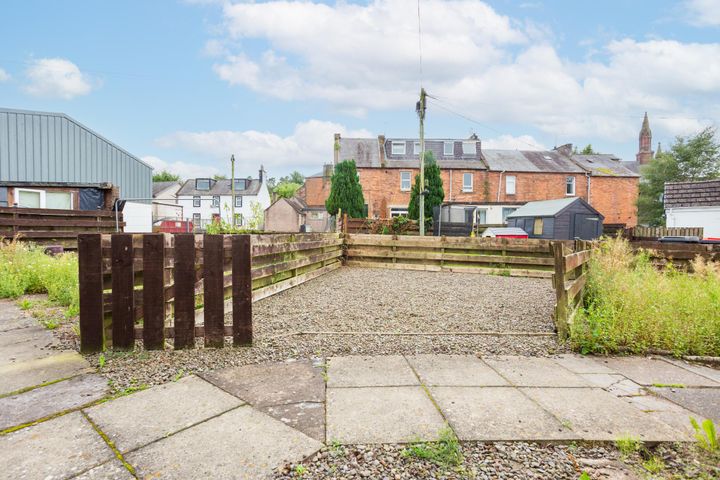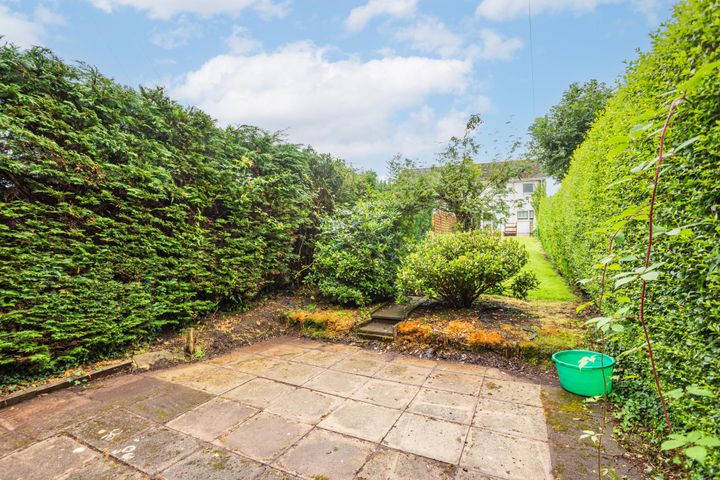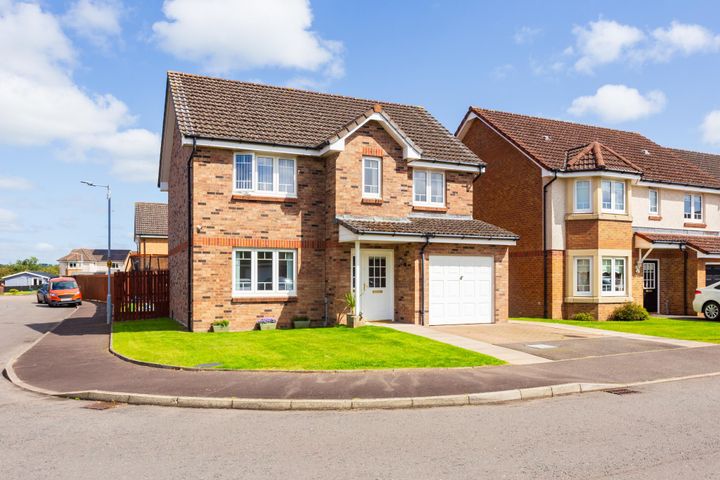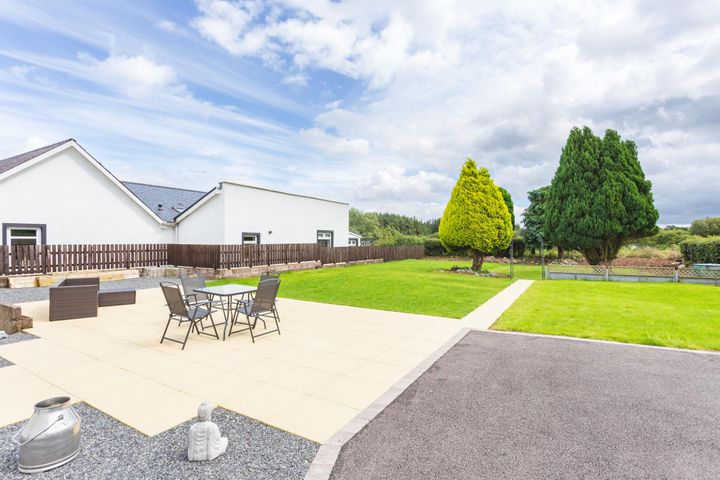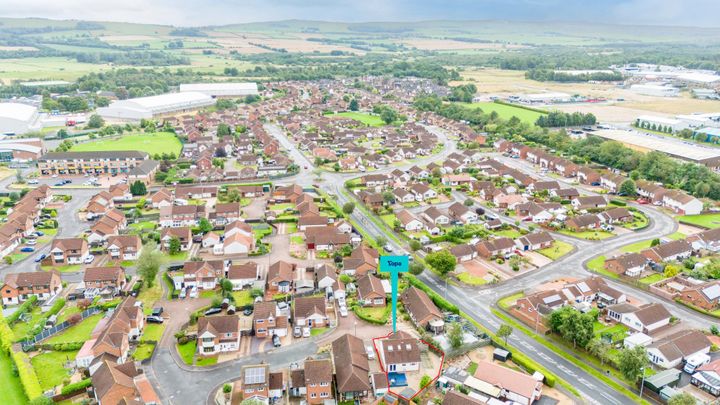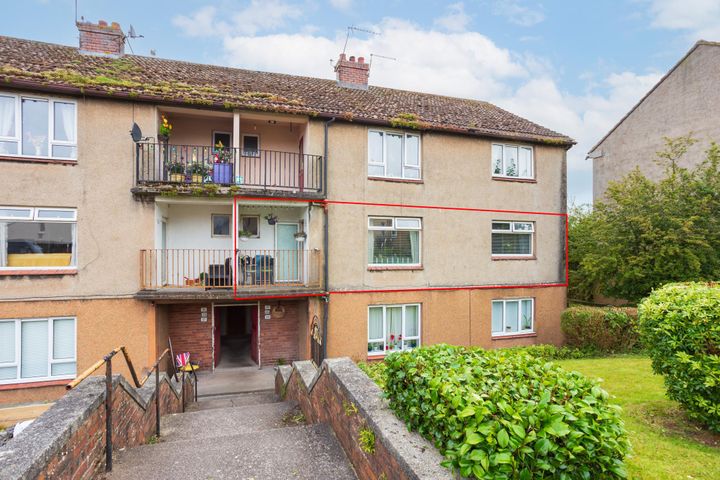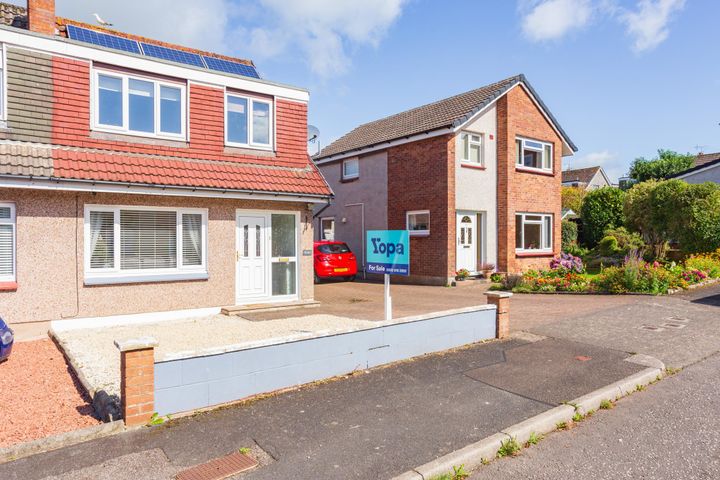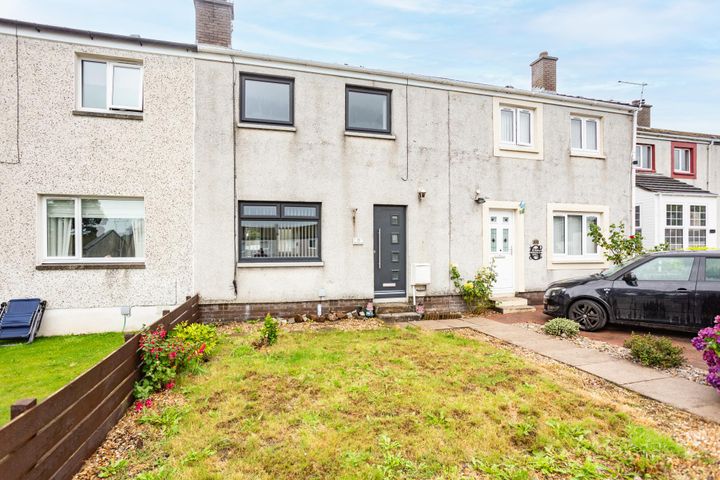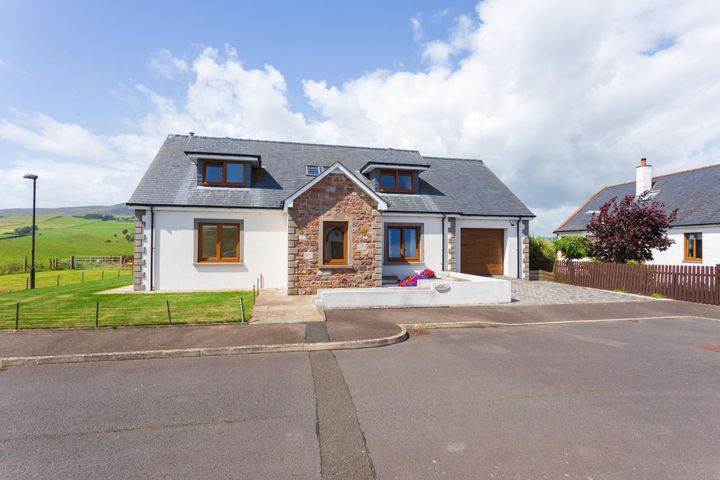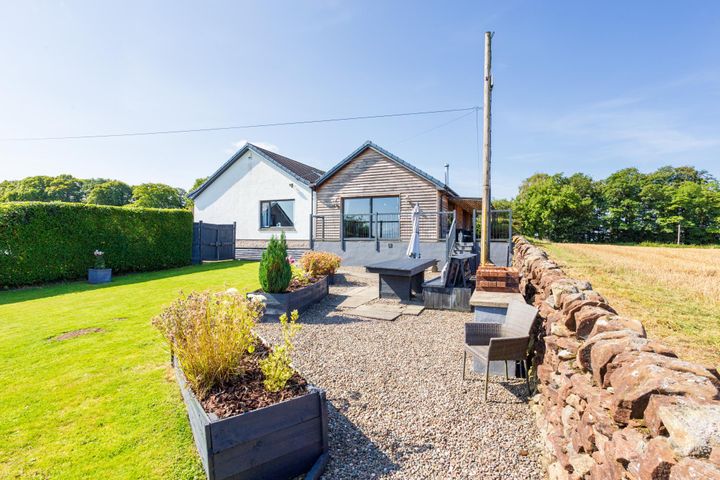Real estate prices in the Lowlands are influenced by several key factors, including economic conditions, location, and infrastructure development. Economic stability and growth in the region can drive demand, particularly in urban areas like Glasgow and Edinburgh, where a thriving job market attracts new residents. Furthermore, proximity to amenities such as schools, parks, and shopping centers can significantly impact property values, with homes in desirable neighborhoods typically fetching higher prices. Additionally, the availability and quality of public transportation, including rail links and bus services, play a crucial role; for instance, areas with better access to commuting options often see an uptick in interest from buyers, which can push prices upward. Additionally, government policies regarding housing development and zoning laws can affect supply, shaping the overall market landscape. Environmental factors, including the risk of flooding in certain regions and the appeal of green spaces, can also sway buyer preferences and, consequently, affect property values.
Lowlands
Location
Price Range
Any price
Price Range
Minimum
No min
Maximum
No max
Property type
Show all
Property type
Show all
House
Apartment
Building
Other
Bedrooms
Any beds
Bedrooms
Minimum
No min
Maximum
No max
Surface Range
Any surface
Surface Range
Minimum
No min
Maximum
No max
Sale type
For sale
Sale type
Show all
To rent
For sale
Location
Apartments and houses for sale in Lowlands
90 results
Recent
Lowlands insights
| Aspect | Summary |
|---|---|
| Population | 1,500,000 |
| Average Property Price | £250,000 |
| Rental Yield | 5.5% |
| Average Rent | £1,200 |
| Occupancy Rate | 92% |
| Capital Growth Rate | 3% annually |
| Property Tax | £1,500 annually |
| Transaction Costs | 3% of property price |
| Expected ROI | 8% annually |
| Economic Growth Impact | Positive, driven by tech and services sectors |
Lowlands FAQ
What factors influence real estate prices in the Lowlands?
How have real estate prices in the Lowlands changed over the past year?
Over the past year, real estate prices in the Lowlands have experienced notable fluctuations, influenced by factors such as economic trends and housing demand. In cities like Edinburgh and Glasgow, average property prices have seen an upward shift, with Edinburgh recording a growth of approximately 5% year-on-year, bringing the average price to around £300,000. In contrast, Glasgow's market has been more stable, showing only a slight increase of about 2%, which places the average price at roughly £200,000. The rural areas of the Lowlands have also felt the impact, with many properties in Fife and the Scottish Borders witnessing a surge in interest, resulting in price increases of 7% and 6%, respectively. Local factors, such as the ongoing development of transport links and an increase in remote working, have further contributed to the changing dynamics in the real estate market across the region.
Are real estate prices in the Lowlands considered high compared to other regions?
Real estate prices in the Lowlands, particularly in urban areas such as Glasgow and Edinburgh, are generally considered high compared to other regions of Scotland and the UK. In areas like Edinburgh, the average property price has soared to around £300,000, significantly driven by strong demand and a limited supply of homes. This contrasts with rural parts of Scotland, where average prices can be as low as £150,000. Additionally, the Lowlands' housing market attracted considerable investment from both domestic and international buyers, especially in desirable neighborhoods like the West End of Glasgow or the historic Old Town of Edinburgh. The influence of nearby industries, universities, and cultural attractions further contributes to these elevated prices. However, there are parts of the Lowlands where prices remain more accessible, highlighting a stark divide in affordability within the region.
What is the average price per square foot for homes in the Lowlands?
The average price per square foot for homes in the Lowlands of the United Kingdom can vary significantly based on the specific location and property type. In areas such as Glasgow, the average can be around £130 to £150 per square foot, while more rural parts of the Lowlands may see figures closer to £100 per square foot. For example, smaller towns like Kilmarnock might have averages around £110 per square foot, whereas properties in higher-demand suburbs can reach £160 or more. Factors such as proximity to public transport, local amenities, and school districts also play a role in these price variations. In some desirable areas, newly built homes are priced higher per square foot, sometimes exceeding £200, reflecting modern features and design.
How do property taxes affect real estate prices in the Lowlands?
Property taxes in the Lowlands can significantly influence real estate prices by directly affecting ownership costs and investment attractiveness. Higher property tax rates generally increase the overall cost of homeownership, which can deter potential buyers and decrease demand, leading to lower property values. For instance, a residential area in the Lowlands with a high property tax rate may see a stagnation in home prices compared to nearby regions with more favorable tax conditions. In contrast, areas with lower property taxes may attract more buyers, driving up demand and property values. Additionally, property taxes can affect rental markets; increased taxes may compel landlords to raise rents to cover costs, potentially pushing lower-income tenants out and leading to vacancies, which can further affect property values in those neighborhoods. The relationship between property taxes and real estate is multifaceted, with tax policy decisions by local governments impacting the dynamics of supply and demand in various Lowlands locales.
What are the trends in commercial real estate prices in the Lowlands?
In the Lowlands of the United Kingdom, commercial real estate prices have experienced fluctuations influenced by economic conditions and regional demand. Notably, cities like Glasgow and Edinburgh have seen a steady increase in office space prices, driven by a resurgence in demand from tech and creative sectors. For instance, prime office locations in Glasgow have reported rental growth of around 5% year-on-year, reflecting a robust demand as businesses seek modern workspaces. Conversely, secondary locations are struggling to maintain their value, with some areas reporting rental declines of up to 10% as companies streamline their operations and reassess their space needs post-pandemic. In the retail segment, high street prices have faced pressure from the shift toward e-commerce, leading to a rise in vacancy rates and subsequently reducing property values. The industrial sector, however, has seen increased prices, particularly in regions with strong logistics networks, as the demand for warehouse space continues to climb, highlighting a stark contrast to the challenges faced by other commercial segments.
How does the economy impact real estate prices in the Lowlands?
The economy in the Lowlands significantly impacts real estate prices through various factors such as employment rates, average income levels, and economic growth. For instance, areas experiencing strong job growth, particularly in sectors like technology and finance, often see a surge in demand for housing, driving prices upward. An example is Edinburgh, where the expansion of financial services has led to an influx of professionals seeking housing, increasing property values. Conversely, regions facing economic downturns or declining industries, such as traditional manufacturing in parts of Glasgow, may witness falling property prices as demand decreases and homeowners struggle to sell. Additionally, interest rates influenced by economic conditions play a crucial role; lower rates typically boost affordability, making it easier for buyers to enter the market, while higher rates can dampen appetite and suppress prices. Local policies and investments in infrastructure also tie closely to economic performance, as enhanced transport links can increase attractiveness and drive up real estate values in previously less sought-after areas.


